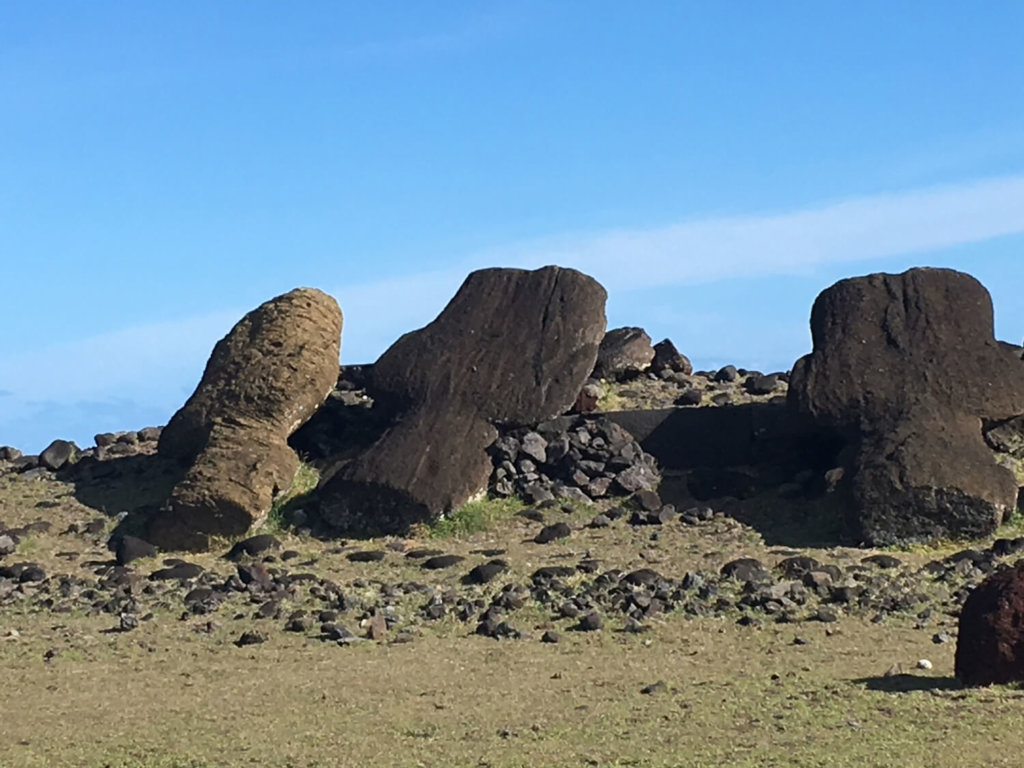Out-Doors: Our Small, Fragile World

Down at the End of the Earth, in Ushuaia, Argentina, the southernmost populated town on the planet, life unfolds much as it does in Vermont. Tax incentives lure new business, like assembly plants for cell phones and computers; a glacier that provides potable water to Ushuaia’s 90,000 souls is expected to disappear within ten years; and Brazilians who love to ski are visiting in much smaller numbers because their economy is on the rocks.
Why does this matter to readers of Out-Doors? Our world is so interconnected that stories unfolding half a world away will likely influence our future. They certainly offer cautionary tales.
Ushuaia is on Tierra del Fuego, Land of Fire, an island separated from the rest of South America by the Strait of Magellan. Pumas once roamed the land as apex predators, much like our catamounts of yore. Pumas kept the population of native guanacos, a genetic parent of the llama, in check. But the pumas are gone, and now only a hunting season keeps the guanaco population from becoming unsustainable. For the record, well-prepared guanaco filet is scrumptious!
South America, like the United States and Canada, was populated by massive immigration, mostly from Europe. Its native population migrated across a land bridge from Asia during the last Ice Age, 10–15,000 years ago. European explorers brought diseases that killed many natives and introduced invasive plants and animals. Much as the United States is home to non-native starlings, wild boar and Burmese pythons, Tierra del Fuego is now overrun with beavers and bunnies. Vermonters know what beavers and bunnies do without natural predators. Flooded homes, pastures and roads have pressured the Argentine government to order the culling of 100,000 beavers. They are seeking specialists for the kill; if you have this skill set and yearn to travel to the far ends of the earth, this might be your chance.
High in the Andes two enormous ice fields, the Northern and Southern Patagonian, produce dozens of glaciers. Moisture flowing across the Pacific Ocean hits the high peaks of the Andes and turns to snow. This snow compresses to form glacial ice from which glaciers eventually flow to lower elevations where they melt into rivers and the sea. The rate of melting in the Patagonian Ice Fields since the year 2000 is half again what it was during the previous 30 years. From both land and the air these rivers of ice appear vast, but they are shrinking, and with that melting comes rising sea levels.
In addition to its stunning statues, Easter Island has a history of environmental collapse. The small volcanic island, a mere 63 square miles, was once 70 percent covered by trees. As the population grew from its original Polynesian settlers to an estimated 20,000 or more by the year 1600, islanders cut trees to make fishing boats, to make room for crops like taro and sweet potatoes, and possibly to move the island’s famous statues or moai. It’s also possible that an introduced Polynesian rat may have devoured seeds that would have germinated into young trees. Once the island was deforested less rain fell and, with little vegetation to decompose, soil fertility was depleted. With no trees for making boats, the islanders could no longer go to sea to fish. The island could not support its population. Tribes fought a civil war, decimating the population and toppling each other’s moai. After a century of warfare the number of islanders plummeted to just a few thousand. By the end of the 19th century introduced diseases had reduced the population to a mere 111. Today there are about 3,000 Rapa Nui, as the natives call themselves, and another 4,000 mainland workers to host the 120,000 tourists who arrive each year. Four thousand horses roam the island, devouring its grasses and reproducing freely—Easter Island’s next environmental time bomb.
Where are we headed? How can it be that, in the 21st century, mankind cannot, or chooses not to, solve our vexing environmental problems?
Seven hundred years ago the Rapa Nui carved more than a thousand moai from volcanic tuff using tools made of harder basalt. They moved 900 of these statues, as tall as 33 feet and weighing up to 86 tons, across rolling terrain for up to 14 miles without using wheels.
We can certainly solve our environmental problems—if only, like the Rapa Nui, we have the will.

